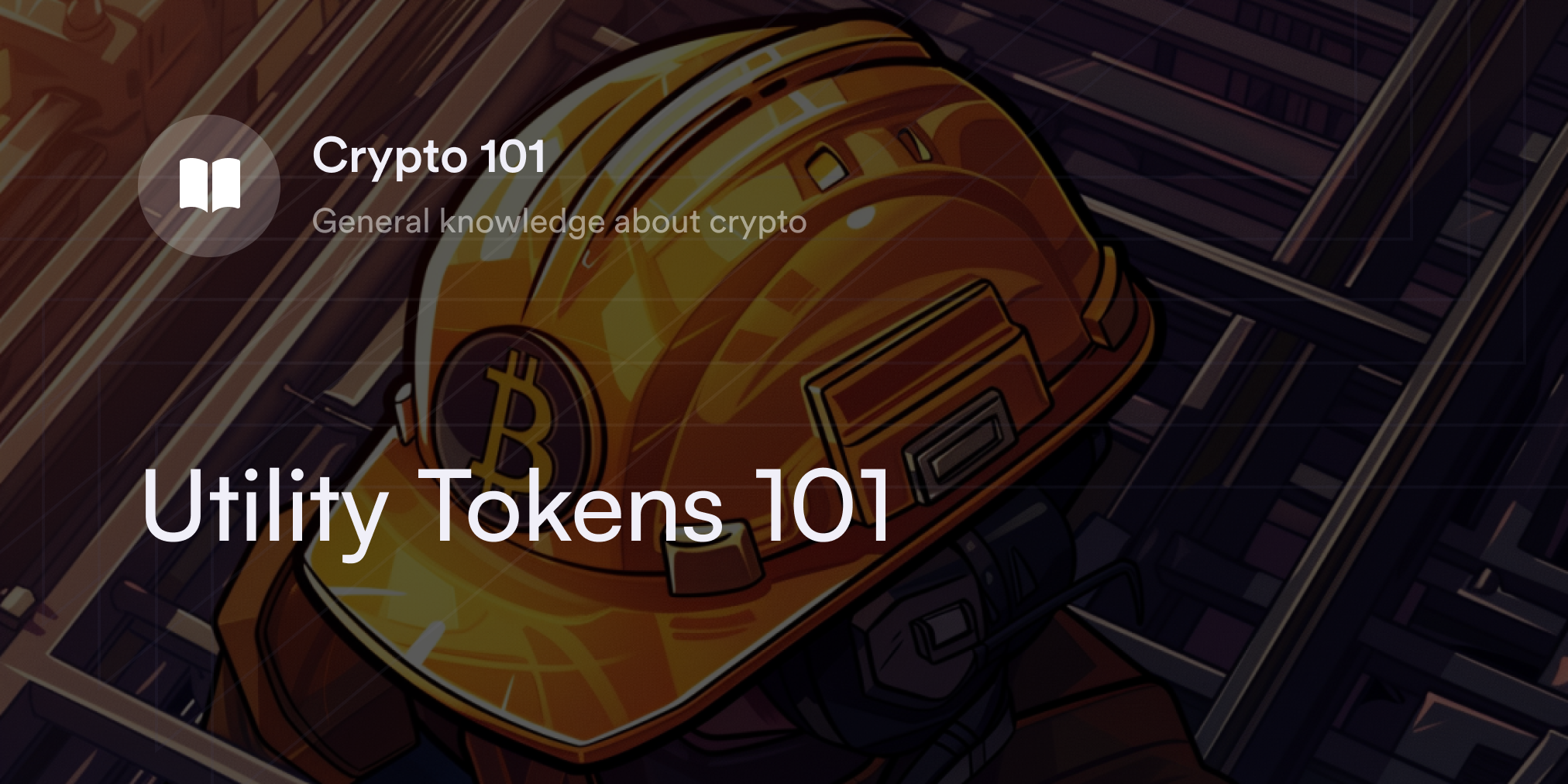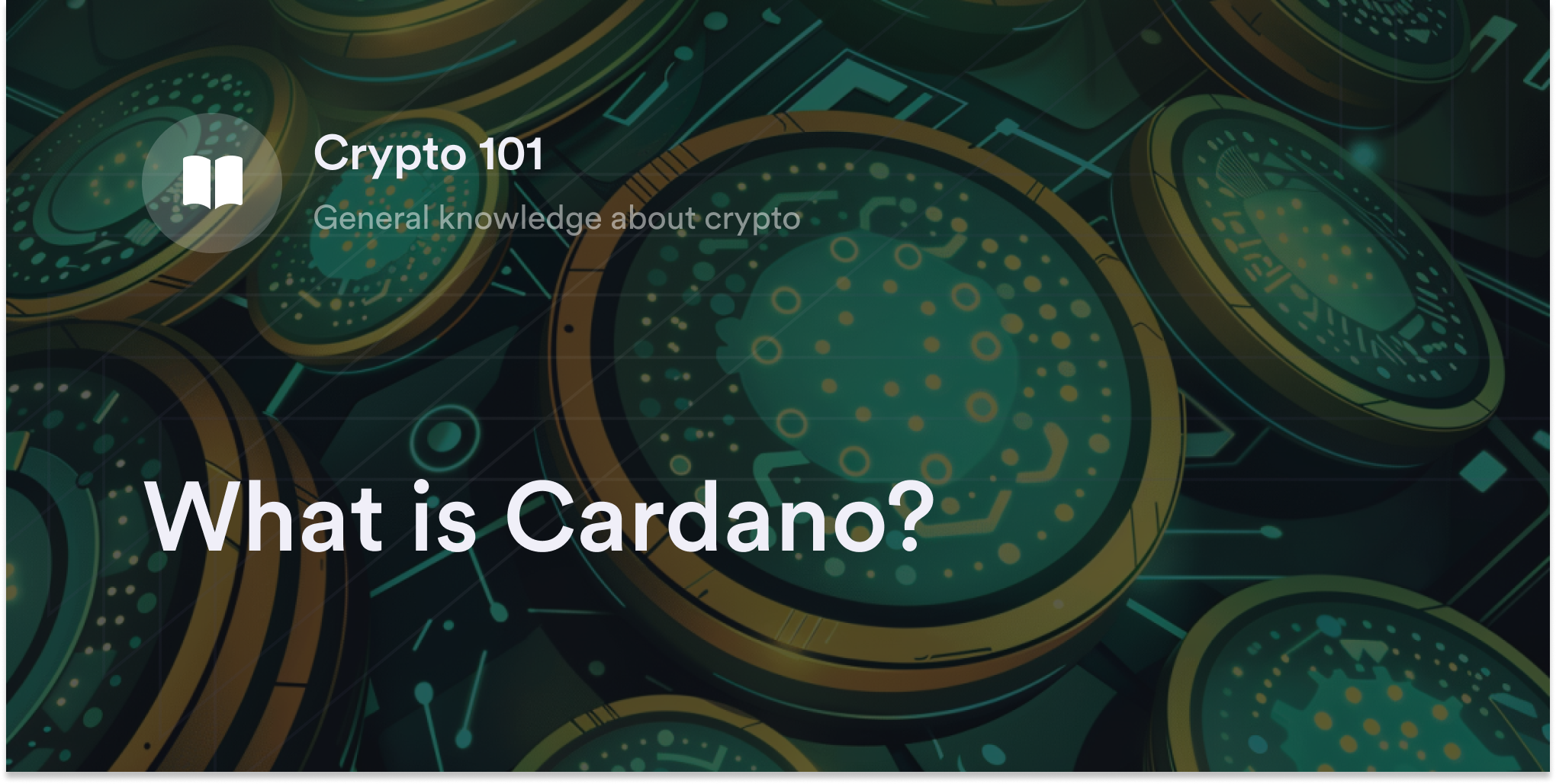


The year 2017 was an exciting time in the crypto market, thanks to Bitcoin’s (BTC) first breach into the five-figure price range. As monumental as Bitcoin’s rise to nearly $20,000 was, many traders during this period were laser-focused on a category of speculative assets known as initial coin offerings (ICOs).
In fact, over 2017–2018, traders spent $22 billion in ICO cryptocurrencies, earning this era of crypto history nicknames like “ICO mania” and “ICO craze.” To this day, digital projects use the ICO strategy popularized during these years to attract attention and funds from crypto traders.
Although ICOs are exciting and potentially lucrative opportunities, some exude scammy behavior. So here’s all about what crypto ICOs are, how they work, and the pros and cons of getting involved with these cryptocurrencies.
What is an ICO in Crypto?
ICOs are crowdfunding events where developers release coins or tokens associated with their crypto project to traders. For context, both coins and tokens differ in nature––while tokens are built on top of pre-existing blockchains like Ethereum (ETH), coins exist within a separate blockchain network.
Typically, the digital currencies offered in an ICO are utility tokens, meaning they serve a function in the crypto ecosystem developers plan to build. To fit the definition of a utility token, the crypto asset must have a purpose beyond price speculation, and it can’t give traders partial ownership rights in a joint enterprise.
Creating an ICO: How Do ICOs Work?
Every ICO has a distinctive set of rules and features, but developers usually publish a document called a white paper before scheduling their token sale. White papers explain a new crypto asset’s basics, including its primary use case, technical specifications, and goals for future development. They also include info on the crypto’s initial distribution, such as how many coins or tokens developers plan to issue when they plan to sell them, and whether there’s a private cryptocurrency sale before a public release. To make an ICO cryptocurrency, developers write the code for their digital asset either on a proprietary blockchain or on top of a decentralized network like Ethereum.
Most often, developers accept established cryptocurrencies like Bitcoin or Ethereum in exchange for a prearranged amount of the new ICO cryptocurrency. On the official ICO date, traders send an accepted digital asset to the crypto project’s wallet address and receive the ICO coins or tokens in their personal crypto wallets. While public ICOs are open to all traders, private ICO events are only for select traders or institutions preapproved by the crypto project’s team. Typically, traders constantly double-check the terms and conditions for an ICO to see if they qualify to buy a new crypto asset.
Is it Safe to Buy ICO Cryptocurrencies?
Buying ICO cryptocurrencies can be riskier than trading well-known coins like Bitcoin because new crypto projects don’t have a proven track record. Also, traders need to place trust in the team issuing a cryptocurrency. Even if a crypto start-up releases transparent contact info for developers and open-source code for its tokens, it’s hard to know whether an ICO cryptocurrency is legit. Evidently, more than 50% of all ICO cryptocurrencies fail four months after their launch, with a high risk for scams.
Crypto traders interested in ICOs spend extra time researching projects and using preventative strategies to minimize the risk of buying a sham token. For instance, ICOs often release details on the project’s leaders, including their biographies, social media feeds, and LinkedIn profiles. The less people know about the developers behind an ICO, the higher the risk it’s not a legitimate project.
Traders also read the white paper associated with an ICO and scan for red flags like grammatical errors, typos, or inconsistencies. Scam cryptocurrencies typically rely on spam ads on social media, so traders watch out for repetitive spam messages on social media feeds or guaranteed claims for returns. While these strategies don’t eliminate the risks of buying fraudulent ICOs, they reduce the odds of dealing with a scam cryptocurrency.
IDOs Versus ICOs Versus IEOs: The Key Differences
ICOs remain a popular way for Web3 start-ups to attract funding, but they aren’t the only way new projects enter the crypto ecosystem. Instead of releasing coins or tokens before listing on exchanges, some projects work with trading platforms to offer their new cryptocurrency to early traders. If a project launches its coins or tokens on a regulated centralized crypto exchange (CEX) like Coinbase, it’s called an initial exchange offering (IEO). In this case, traders with a CEX account will have priority access to an IEO cryptocurrency on its opening day.
Another way to release a coin is through initial DEX offerings (IDOs), which, like IEOs, list coins and tokens on crypto exchanges, but the only difference is that the former releases on decentralized exchanges (DEXs) rather than CEXs. DEXs are software protocols built on blockchains like Ethereum or Solana (SOL), which let traders swap digital assets without centralized intermediaries. Instead of using a company to monitor and record trading activity, DEXs use advanced algorithms and technologies like smart contracts and liquidity pools to offer traders peer-to-peer (P2P) crypto transfers. If a crypto project decides to first list its tokens on a DEX like Uniswap or PancakeSwap, it qualifies as an IDO.
Notable ICO Examples
There have been hundreds of well-known ICOs throughout the history of cryptocurrency, but a few token releases are especially memorable. Here are a few of the most popular ICOs of all time:
MasterCoin (OMNI)
The first recorded ICO in cryptocurrency history was MasterCoin on the Bitcoin blockchain. Introduced by developer J.R. Willett in 2013, MasterCoin raised more than 5,000 BTC from traders worth approximately $500,000 at the time of sale. Shortly after this inaugural ICO, the MasterCoin team rebranded to OMNI Network (OMNI) and was integral in launching the first U.S. dollar stablecoin Tether (USDT).
Ethereum (ETH)
Many of the ICOs sold during 2017’s ICO mania were tokens on top of the Ethereum blockchain, but Ethereum’s native ether coin (ETH) also entered circulation via an ICO. In 2014, the developers behind Ethereum proposed using blockchain technology to let third-party programmers build decentralized web applications (aka dApps) on top of the Ethereum protocol. For 14 days after its 2014 launch, traders could send Bitcoin to Ethereum.org for ETH. By the end of the ICO, the Ethereum Foundation sold 60 million ether coins worth $18.3 million (roughly $0.30 per coin).
Polkadot (DOT)
Created by former Ethereum codeveloper Gavin Wood, Polkadot is a crypto project focused on helping new projects build standalone blockchains and connecting decentralized networks. In 2017, Swiss-based Web3 Foundation held an ICO for Polkadot’s DOT coins and raised $145 million in about two weeks. Unfortunately for the Polkadot team, a hacker broke into this account and stole $90 million worth of ETH. Despite this massive setback, Polkadot managed to continue forward and launch its mainnet in 2020.
CentraTech (CTR)
CentraTech’s CTR token was one of the biggest ICO scams of the 2017 crypto bull market. The U.S. Securities and Exchange Commission (SEC) discovered cofounders Sohrab Sharma and Robert Farkas misled traders to believe CentraTech had connections with payment processors like Visa and Mastercard for its revolutionary crypto card system. Investigators also revealed CentraTech created fictitious executives on its board and paid some celebrities to promote the CTR ICO. In total, CentraTech raised $32 million in its fraudulent ICO scheme.
Eligible Traders Can Place Their ‘Initial Crypto Perp Trade’ on dYdX
dYdX specializes in offering eligible traders a low-fee crypto perpetuals trading experience on our decentralized exchange. Whether you want to long or short Bitcoin, Ethereum, or dozens of other altcoins, dYdX has the tools to launch a personalized derivatives strategy.
With slippage tolerance controls and multiple order types, eligible traders can fully control your perpetual positions on dYdX. For more details on dYdX’s latest features and news, visit our official blog. Plus, check out the guides on dYdX Academy for more expert educational content on all things crypto, and eligible traders can start trading on dYdX today.
Disclosures
The content of this article (the “Article”) is provided for general informational purposes only. Reference to any specific strategy, technique, product, service, or entity does not constitute an endorsement or recommendation by dYdX Trading Inc., or any affiliate, agent, or representative thereof (“dYdX”). Use of strategies, techniques, products or services referenced in this Article may involve material risks, including the risk of financial losses arising from the volatility, operational loss, or nonconsensual liquidation of digital assets. The content of this Article does not constitute, and should not be considered, construed, or relied upon as, financial advice, legal advice, tax advice, investment advice, or advice of any other nature; and the content of this Article is not an offer, solicitation or call to action to make any investment, or purchase any crypto asset, of any kind. dYdX makes no representation, assurance or guarantee as to the accuracy, completeness, timeliness, suitability, or validity of any information in this Article or any third-party website that may be linked to it. You are solely responsible for conducting independent research, performing due diligence, and/or seeking advice from a professional advisor prior to taking any financial, tax, legal, or investment action.
You may only use the dYdX Services in compliance with the dYdX Terms of Use available here, including the geographic restrictions therein.
Any applicable sponsorship in connection with this Article will be disclosed, and any reference to a sponsor in this Article is for disclosure purposes, or informational in nature, and in any event is not a call to action to make an investment, acquire a service or product, or purchase crypto assets. This Article does not offer the purchase or sale of any financial instruments or related services.
By accessing this Article and taking any action in connection with the information contained in this Article, you agree that dYdX is not responsible, directly or indirectly, for any errors, omissions, or delays related to this Article, or any damage, injury, or loss incurred in connection with use of or reliance on the content of this Article, including any specific strategy, technique, product, service, or entity that may be referenced in the Article.







